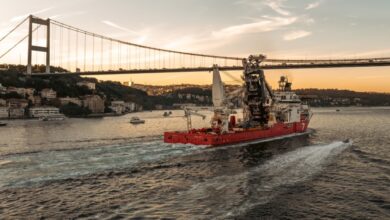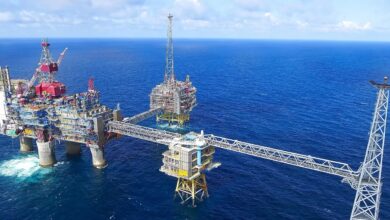Equinor transfers operatorship of Bressay project to EnQuest
Equinor has agreed to sell a 40.8125% interest in and transfer operatorship of the Bressay oilfield development on the UK continental shelf to EnQuest. The initial consideration is GBP 2.2 million, payable as a carry against 50% of Equinor’s net share of costs, with a contingent consideration of $15 million following authority approval of a field development plan for Bressay.
“This transaction supports Equinor’s strategy to continually optimize our portfolio,” Arne Gürtner, Equinor’s Senior Vice President for UK & Ireland Offshore, said. “We welcome EnQuest as the new operator of Bressay and believe the knowledge and experience both parties can share from our existing Mariner and Kraken developments will further strengthen the project.”
The Bressay oilfield was discovered east of Shetland in 1976 and Equinor became operator in 2007. The concept selection for the field development was deferred in 2016 due to challenging market conditions and the need to simplify the development concept.
“Equinor will continue to be the UK’s leading energy supplier, and we are committed to delivering oil, gas, wind power and hydrogen to the country – playing our role in creating jobs, boosting investment and lowering carbon emissions,” Mr Gürtner added. “We look forward to working with EnQuest and the UK authorities to progress the Bressay project.”
The transaction is subject to customary conditions, including partner and authority approval, with an estimated completion date in Q4 2020. Following completion, EnQuest will have an 40.8125% interest and operatorship, Equinor will have 40.8125%, with Chrysaor retaining a 18.375% interest.




